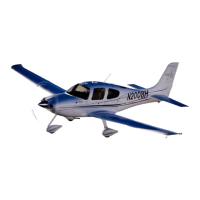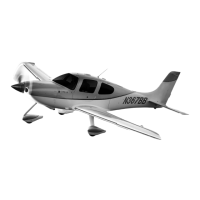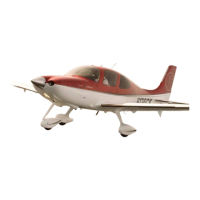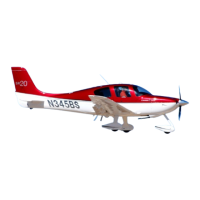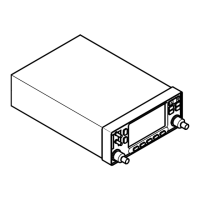PILOT’S OPERATING HANDBOOK
AND FAA APPROVED
AIRPLANE FLIGHT MANUAL
for the
CIRRUS SR20
Airplanes Registered in Brazil and Operating Under
the Agência Nacional de Aviação Civil Requirements
Aircraft Serials 2016 and Subsequent with
Cirrus Perspective Avionics System
FAA Approved in Normal Category based on FAR Part 23. This document must be
carried in the airplane at all times and be kept within the reach of the pilot during all flight
operations.
THIS HANDBOOK INCLUDES THE MATERIAL REQUIRED TO BE FURNISHED TO
THE PILOT BY FAR PART 23 AND ADDITIONAL INFORMATION PROVIDED BY
CIRRUS DESIGN AND CONSTITUTES THE FAA APPROVED AIRPLANE FLIGHT
MANUAL.
This Pilot's Operating Handbook/Airplane Flight Manual is approved by the FAA on
behalf of the Agência Nacional de Aviação Civil for Brazilian registered aircraft, in accor-
dance with the “Regulamentos Brasileiros de Homologação Aeronáutica” (RBHA) 21,
Section 21.29.
Model - Serial Num. SR20 _____________ Registration Num.___________________
This Aircraft shall be operated in accordance with the limitation and instructions herein established.
Reissue A: March 05, 2013
P/N 21399-004










